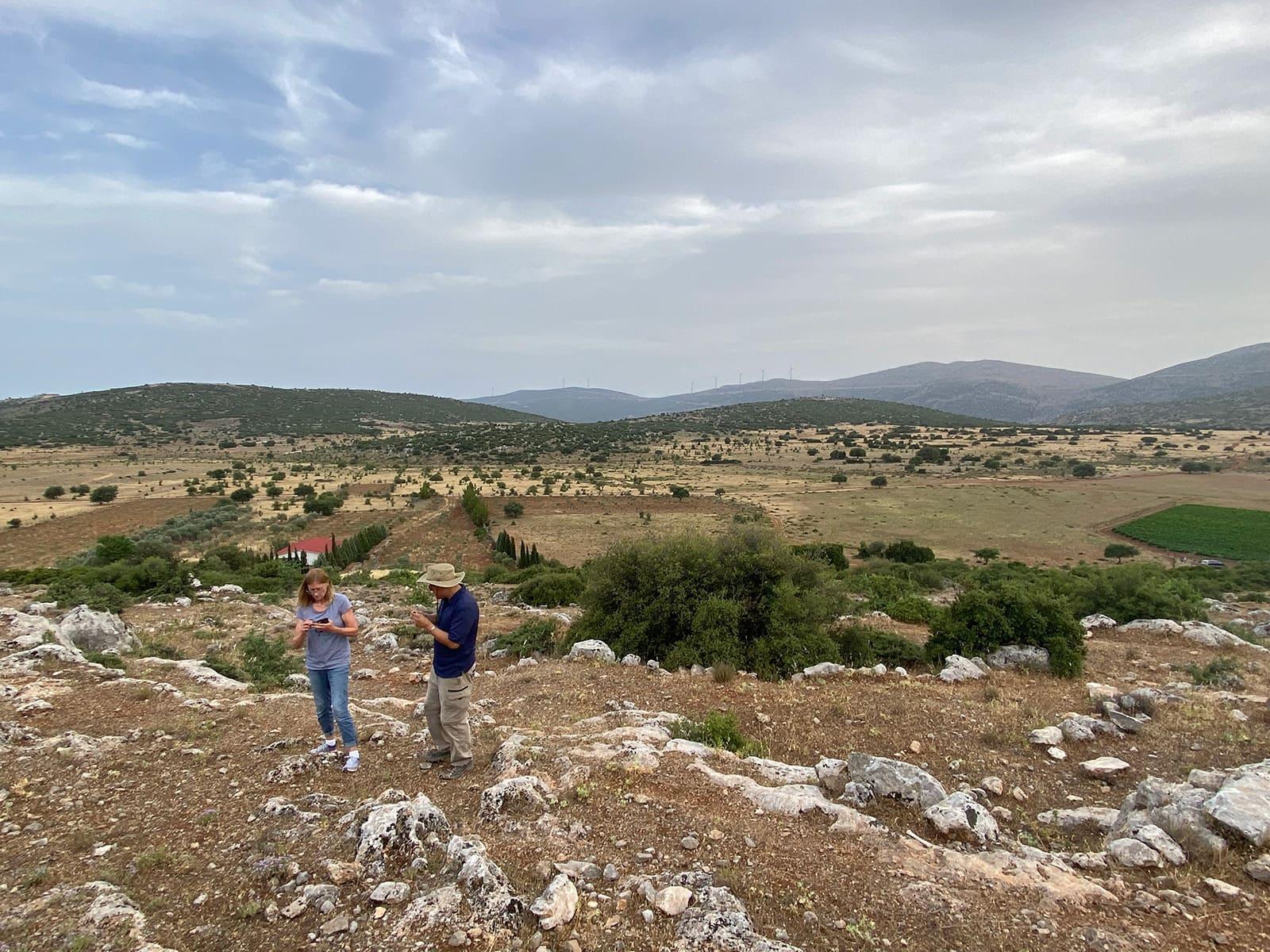Across the ancient world, cultures relied on an embedded and sophisticated knowledge of plants that could be used for healing or ritual, for sustenance or leisure. While their use was pervasive in antiquity, these plants and with them the knowledge of their use faded from memory. The distinctive transdisciplinary approach of the Yale Ancient Pharmacology Program (YAPP) offers a key to their rediscovery and can be applied to countless fields of inquiry.
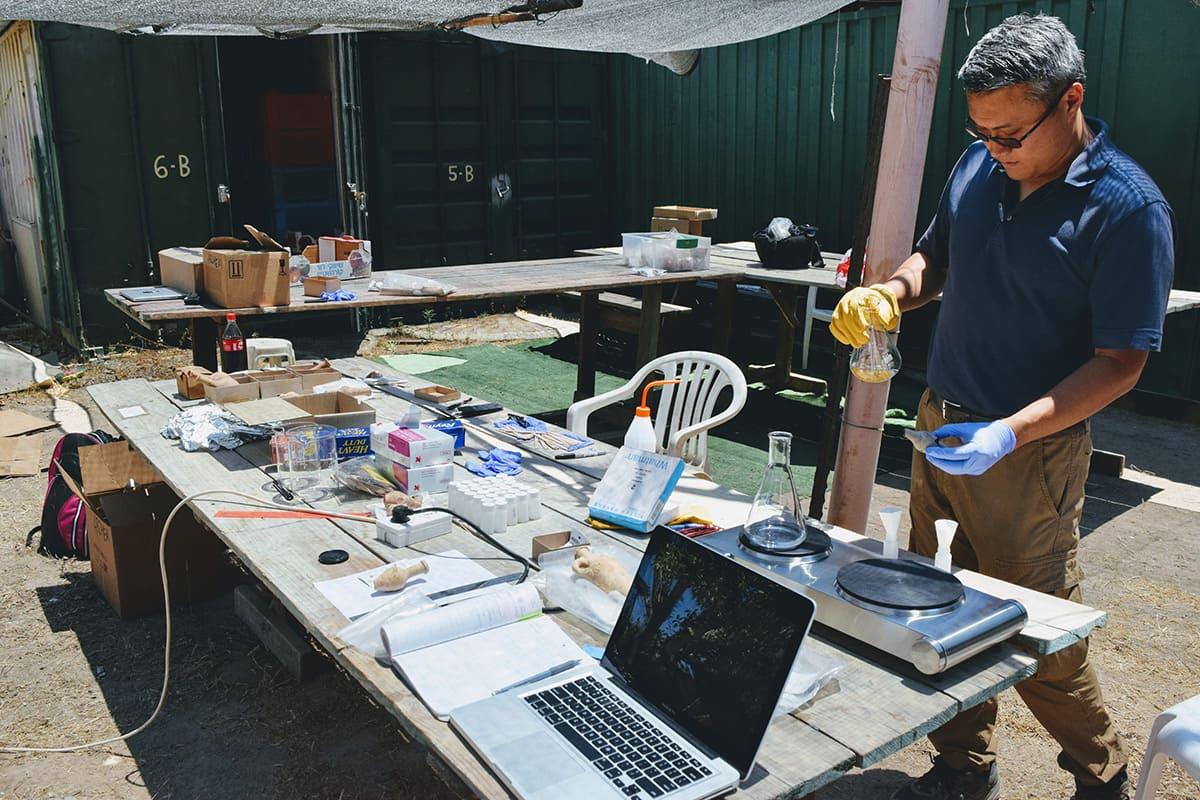
Organic residue analysis (ORA) draws phytochemical fingerprints from ancient artifacts to identify botanical ingredients once held in ancient containers. These contents can range from simple commodities like olive oil to mixtures of obscure aromatics, complex wines, and potent medicines. By seamlessly integrating ORA data with textual sources, chemical references, ethnobotanical data, and ancient iconography, we can move beyond a simplistic identification of general classes of organic goods. We can reveal and reconnect nuanced organic ingredients with the people that used them and unearth their ecological, social, and cultural landscapes – recovering lost knowledge and ways of life to better understand the past and thus enrich the present.
References to ancient botanicals appear in a wide variety of textual sources from around the world. By some estimates, only 20% of the botanicals referred to in the poetry, social histories, and medical texts of the ancient world have been definitively identified by genus. YAPP’s Ethnography Team identifies references to these botanicals and connects them to the plants recovered from organic residue analysis, noting not only where they occur, but the names – in various languages – by which the plants are called, as well as their medicinal and other properties.
Our Science Team works with the organic residue samples taken directly from the artifacts. Their tasks range from sample preparation, chromatography and preliminary analysis, to building a reference database of the most commonly occurring species. Group members carry out initial identifications of major diagnostic compounds that appear in the chromatograms and carry out research into fatty acid degradation processes.
YAPP’s Technology Team builds 3D models of the artifacts we sample. Methods of acquisition include photogrammetry, using Agisoft PhotoScan to build the models, and high-resolution scanning using an ARTEC Spider 3D scanner. The models produced will be uploaded to SketchFab and linked with their source objects.
The Technology Team will also be integrating their results with the Science Team to map locations in which specific plant species are known to have grown in antiquity (or which our new organic evidence demonstrates they existed), and during which time period. At scale, the organic and ethnobotanical data will help to reconstruct changes in the ecology of the region over time.
Back in 2014, one of the most spectacular discoveries by the forerunner to the Yale Ancient Pharmacology Program (YAPP) was the identification of the world’s largest and oldest palatial wine cellar at Tel Kabri in the Upper Galilee, i.e. ancient Phoenicia, dated to about 1700 BCE. With this discovery, new and exciting possibilities have materialized over the past decade – including a chance to demystify the ancient history of viticulture, and perhaps even reintroduce ancient grape varieties to the modern landscape.
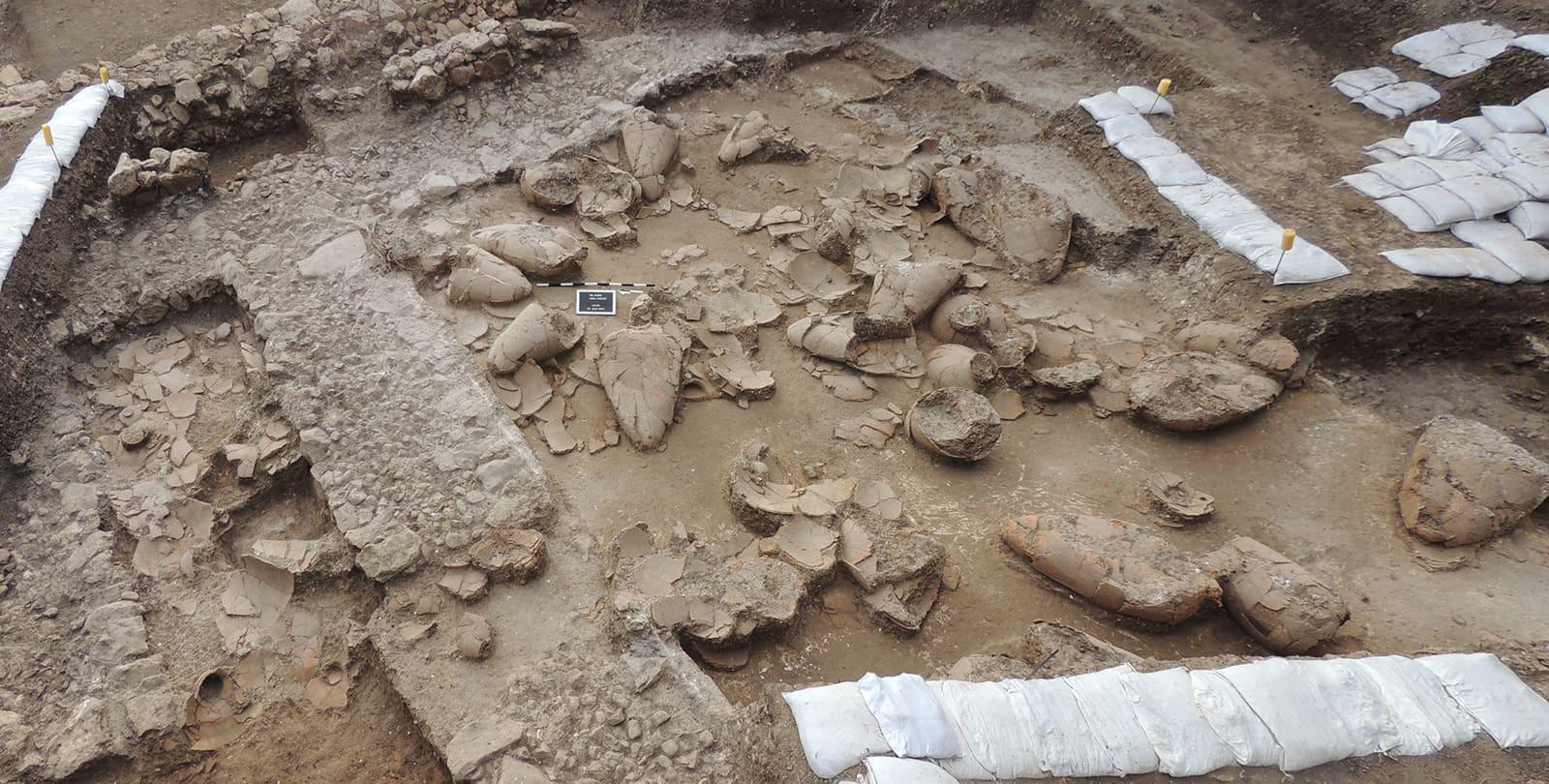
We stand at a unique moment in history to analyze wine vessels from ancient sites. DNA analysis could identify close matches to feral grapes found today near archaeological sites, as well as targeted varieties found elsewhere whose origins hearken back to even more ancient lands. As just one example, a number of indigenous French varietals (Pinot Noir, Syrah, etc.) have already been traced to the Roman period, and might ultimately credit their humble beginnings to Marseille, or ancient Massalia, founded by the Ancient Greeks in the 7th century BCE. This data could also help us recreate ancient wine concoctions, complete with the additives that were a regular part of ancient viniculture to enhance preservation, palatability, and psychoactivity. We could even envision the cloning of ancient grape varieties in the future to get us closer to the past.
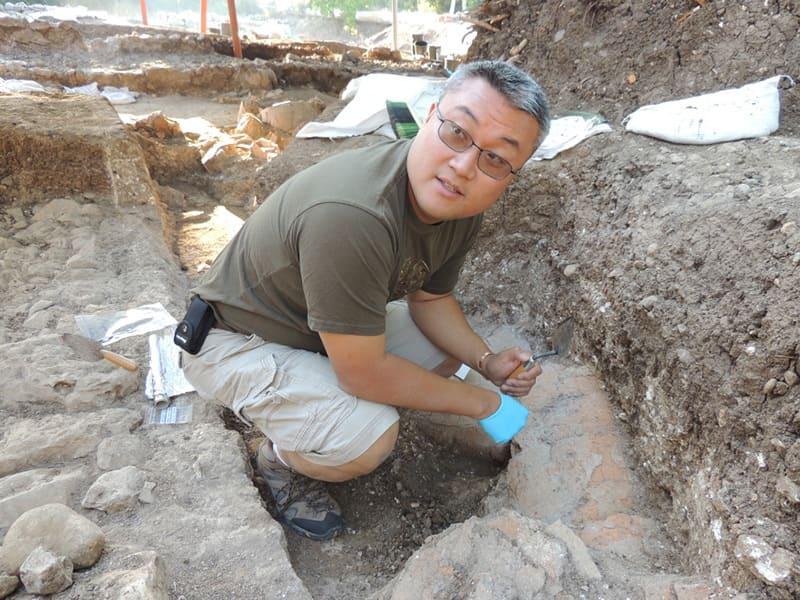
Southern Phokis Regional Project
Since 2018, Dr. Andrew Koh has led a team of researchers in the survey and excavation of two ancient citadels, Antikyra-Steno and Desfina-Kastrouli, in Central Greece. The scope and details of the ongoing SPRP can be found here.
News
Summer 2024 Fieldwork Report
2024 Summer Fieldwork Report
After a year operating within the Yale Peabody Museum, YAPP continues to draw upon its past projects and existing networks to fulfill its more expansive mission.
May 15–31, 2024
Recent Press
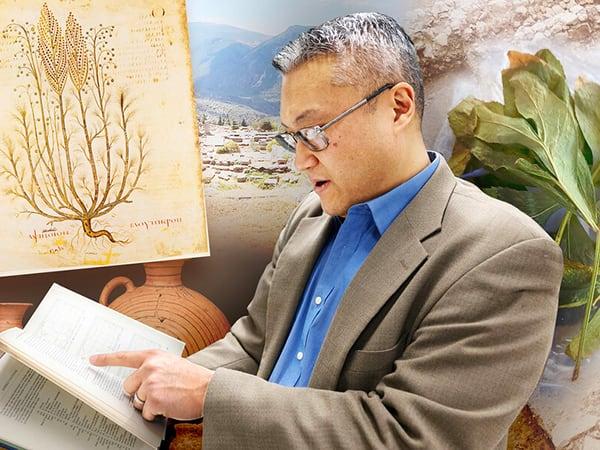
By studying ancient residues, scholar finds clues of humanity’s past
March 1, 2023
Yale News (news.yale.edu)
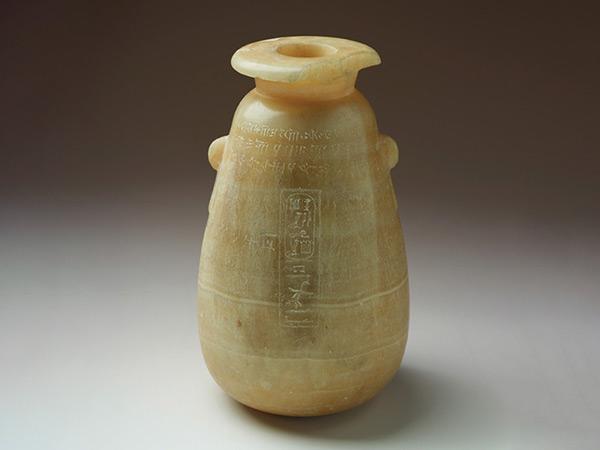
Decoding the pharmacological past
July/August 2023
Yale Alumni Magazine (yalealumnimagazine.com)
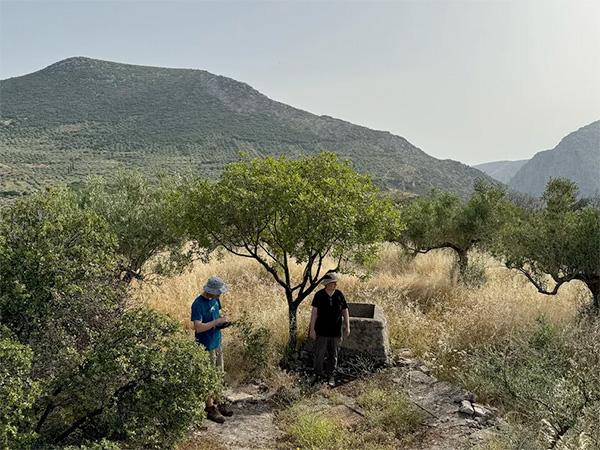
Blend of machine learning, botany unlocks secrets of ancient Greece
June 13, 2024
Yale News (news.yale.edu)

Peabody Program Breaking New Ground in Archaeology
December 16, 2024
Yale Peabody Museum (peabody.yale.edu)
Publications
Organic Residue Analyses from the Phase iii Storage Rooms
Koh, A., and Crandall, A. (2023). "Organic Residue Analyses from the Phase iii Storage Rooms". In Excavations at Tel Kabri III. Leiden, The Netherlands: Brill.
Phoenician Cedar Oil from Amphoriskoi at Tel Kedesh: Implications Concerning Its Production, Use, and Export during the Hellenistic Age
Koh AJ, Berlin AM, Herbert SC (2021). Phoenician Cedar Oil from Amphoriskoi at Tel Kedesh: Implications Concerning Its Production, Use, and Export during the Hellenistic Age. BASOR 385: 99-117.
The Mycenaean Citadel and Environs of Desfina-Kastrouli: A Transdisciplinary Approach to Southern Phokis
Koh AJ, Birney KJ, Roy IM, Liritzis I (2020). The Mycenaean Citadel and Environs of Desfina-Kastrouli: A Transdisciplinary Approach to Southern Phokis. Mediterranean Archaeology and Archaeometry 20.3: 47-73.
Ancient Organic Residues as Cultural and Environmental Proxies: The Value of Legacy Objects
Koh AJ, Birney KJ (2019). Ancient Organic Residues as Cultural and Environmental Proxies: The Value of Legacy Objects." Sustainability 11.3: 656
The Wine Storage Complex at the Middle Bronze II Palace of Tel Kabri: Results of the 2013 and 2015 Seasons
Yasur-Landau A, Cline EH, Koh AJ, Ratzlaff A, Goshen N, Susnow M, Waiman-Barak P, Crandall AM (2018). The Wine Storage Complexes at the Middle Bronze II Palace of Tel Kabri: Results of the 2013 and 2015 Seasons. American Journal of Archaeology, 122.2: 309–338.
Organic Compounds and Cultural Continuity: The Penn Museum Late Minoan IIIC Stirrup Jar from Tourloti
Koh AJ, Birney KJ (2017). Organic Compounds and Cultural Continuity: the Penn Museum Late Minoan IIIC Stirrup Jar From Tourloti. Mediterranean Archaeology and Archaeometry 17.2: 19-33.
The Absolute Chronology of the Middle Bronze Age Palace at Tel Kabri: Implications for Aegean-Style Wall Paintings in the Eastern Mediterranean
Cline EH, Yasur-Landau A, Koh AJ (2017). The Absolute Chronology of the Middle Bronze Age Palace at Tel Kabri: Implications for Aegean-Style Wall Paintings in the Eastern Mediterranean. Journal of Ancient Egyptian Interconnections 13: 43-47.
Organic residue analysis of pottery from the dye workshop at Alatsomouri-Pefka, Crete
Koh AJ, Betancourt PP, Pareja MN, Brogan TM, Apostolakou V (2016). Organic residue analysis of pottery from the dye workshop at Alatsomouri-Pefka, Crete, Journal of Archaeological Science: Reports 7: 536-538.
Contextualizing the Late Minoan Tombs of the Western Siteia Mountains
Koh AJ, Clinton MG (2015) Contextualizing the Late Minoan Tombs of the Western Siteia Mountains. Journal of Eastern Mediterranean Archaeology and Heritage Studies 3.3: 167-206.
Rethinking Canaanite Palaces? The Palatial Economy of Tel Kabri during the Middle Bronze Age
Yasur-Landau A, Cline EH, Koh AJ, Ben-Shlomo D, Marom N, Ratzlaff A, Samet I (2015). Rethinking Canaanite Palaces? The Palatial Economy of Tel Kabri during the Middle Bronze Age. Journal of Field Archaeology 40:6: 607-625.
Characterizing a Middle Bronze Palatial Wine Cellar from Tel Kabri, Israel
Koh AJ, Yasur-Landau A, Cline EH (2014) Characterizing a Middle Bronze Palatial Wine Cellar from Tel Kabri, Israel. PLoS ONE 9(8): e106406.
Wine and Olive Oil from an Early Minoan I Hilltop Fort
Koh AJ, Betancourt PP (2010) Wine and Olive Oil from an Early Minoan I Hilltop Fort. Mediterranean Archaeology and Archaeometry 10.2: 15-23.
Locating the htm n pa hr of the Workmen’s Village at Deir el-Medina
Koh, AJ (2005) Locating the ḫtm n p ḫr of the Workmen’s Village at Deir el-Medina. Journal of the American Research Center in Egypt 42: 95–101.
Multimedia
Staff
|
Andrew Koh
Principal Investigator
|
|
Chris Renton
Program Manager
|
Please direct general inquiries to Program Manager, Chris Renton.
Faculty Affiliates
Trevor Luke, Associate Professor, Florida State University
Gary Cline, Professor Emeritus, Yale School of Medicine
Ian Roy, Director of Design and Innovation, Brandeis University
Research Assistants
Saichia Cheng, PhD Candidate in Anthropology, Science Team
Meghan Poplacean, PhD Candidate in Classics, Ethnography Team
Joy Pajarla, PhD Candidate in Physics, Technology Team
Micah Gold, Undergraduate Student in Applied Math/Computer Science, Technology Team
Murphy Tu, Graduate Student in Anthropology, Technology Team
